Myrtle Beach, South Carolina, is a beautiful coastal destination known for its sandy beaches, golf courses, and warm climate. However, its proximity to the Atlantic Coast makes it vulnerable to severe weather events like hurricanes and tropical storms. This article delves into storm damage in Myrtle Beach, SC, exploring its causes, effects, prevention methods, and recovery solutions available for residents and business owners alike.
Understanding Storm Damage
Storm damage encompasses a wide range of impacts that severe weather can have on properties and infrastructure. In Myrtle Beach, common forms of storm damage include:
- Flooding: Heavy rain can lead to significant flooding, especially in low-lying areas.
- Wind Damage: High winds can down trees, damage roofs, and destroy signage.
- Hail Damage: Hailstorms can shatter windows and damage vehicles.
- Water Intrusion: Storm surges can cause seawater to enter homes and businesses, leading to long-term damage.
The Importance of Preparation
Preparation is key to mitigating the effects of storm damage. Understanding the local weather patterns, particularly during hurricane season from June to November, can help residents stay vigilant.

Local Climate Considerations
Myrtle Beach experiences a humid subtropical climate which results in heavy thunderstorms and occasional hurricanes. Recognizing this unique climate allows homeowners and businesses to take proactive measures against potential storm damage.
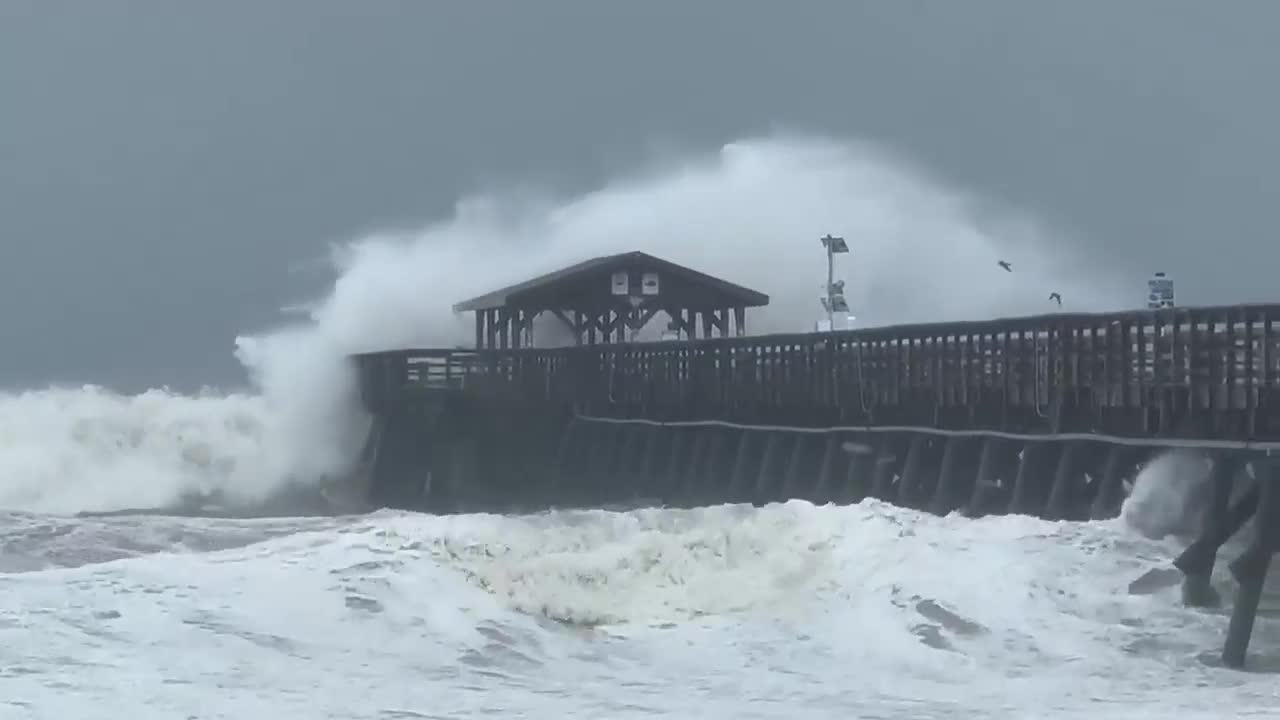
Key Preparation Tips
- Develop an Emergency Plan: Ensure your family and staff know evacuation routes and safety measures.
- Install Storm Shutters: Protect windows from flying debris with sturdy storm shutters.
- Maintain Your Landscape: Trim trees and remove weak branches that could fall during storms.
- Invest in Flood Insurance: Standard homeowners insurance may not cover flood damage, so consider specialized policies.
Assessing Storm Damage in Myrtle Beach, SC
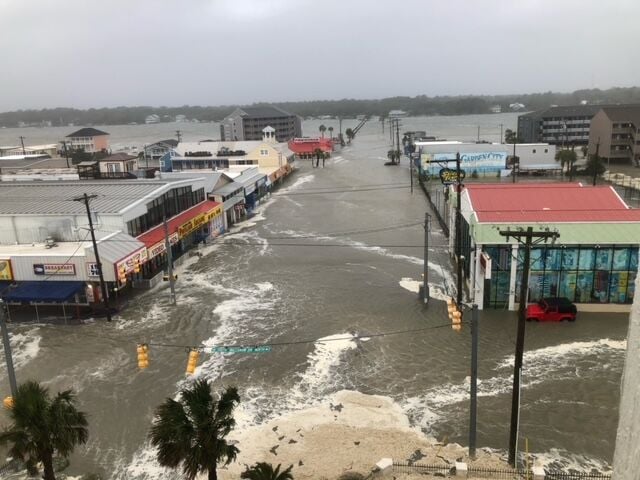
After a storm, assessing the damage promptly is crucial for recovery efforts. Here’s how to approach it:
Visual Inspection
Begin with a thorough visual inspection of your property to identify visible damage such as:
- Missing shingles or tiles on the roof
- Dented siding or broken gutters
- Flood damage in basements or lower levels
- Downed power lines or uprooted trees
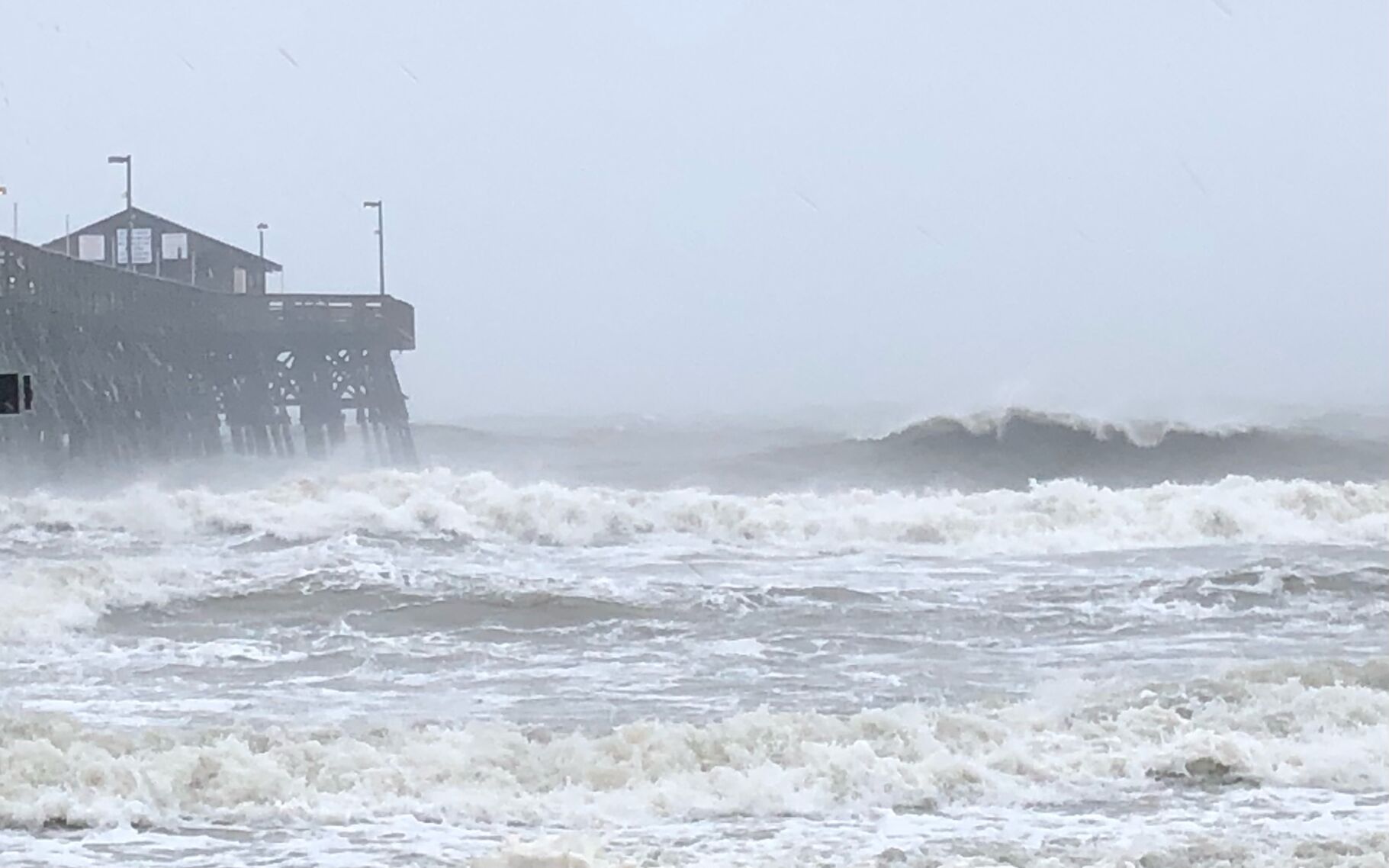
Documenting Damage
Documenting the damage with photographs and notes will be essential for insurance claims. This documentation can also assist restoration professionals in understanding the extent of the damage.
Restoration Services in Myrtle Beach

When it comes to storm damage restoration, Myrtle Beach offers a variety of services tailored to different needs. Here is an overview of some of the leading restoration services available in the area.
Comparison of Restoration Services
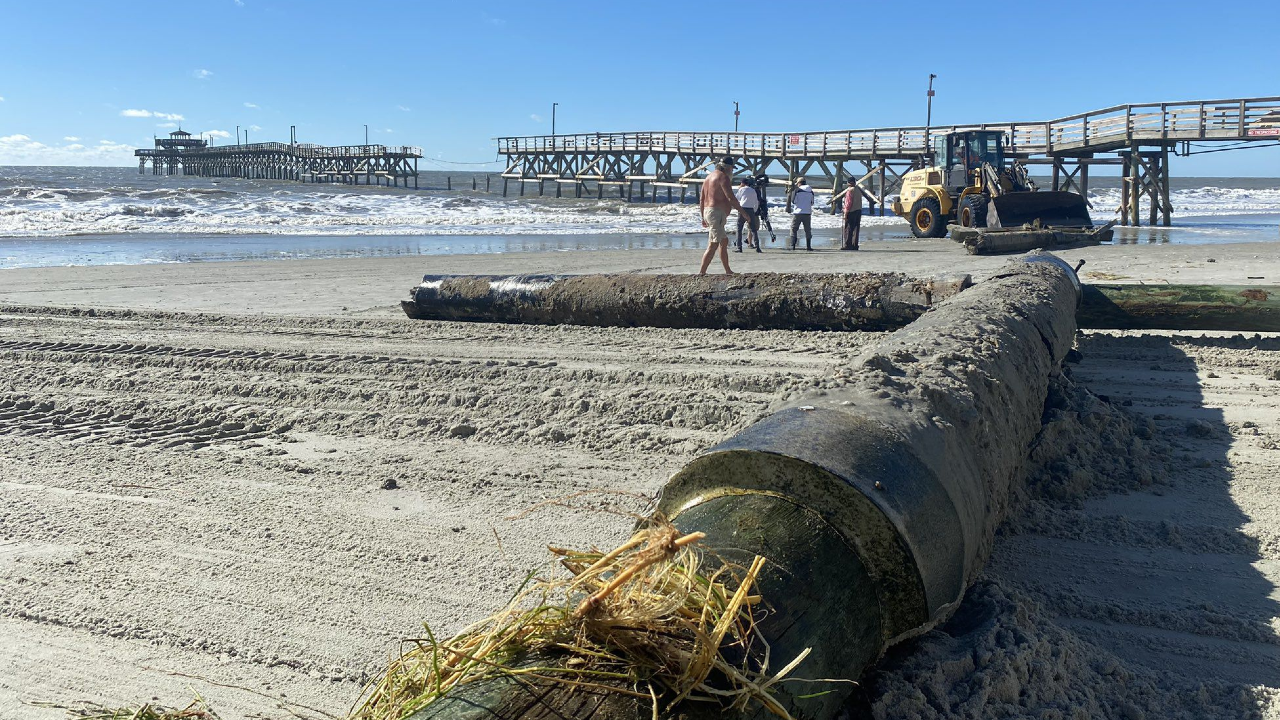
| Service Provider | Services Offered | Response Time | Customer Reviews |
|---|---|---|---|
| Servpro of Myrtle Beach | Water damage, fire damage, mold remediation | 24/7 | 4.8/5 |
| Paul Davis Restoration | Water damage, storm damage, mold removal | 24/7 | 4.5/5 |
| Restoration 1 of Myrtle Beach | Fire and water damage restoration, mold remediation | 1-2 hours | 4.7/5 |
Pros and Cons of Restoration Services
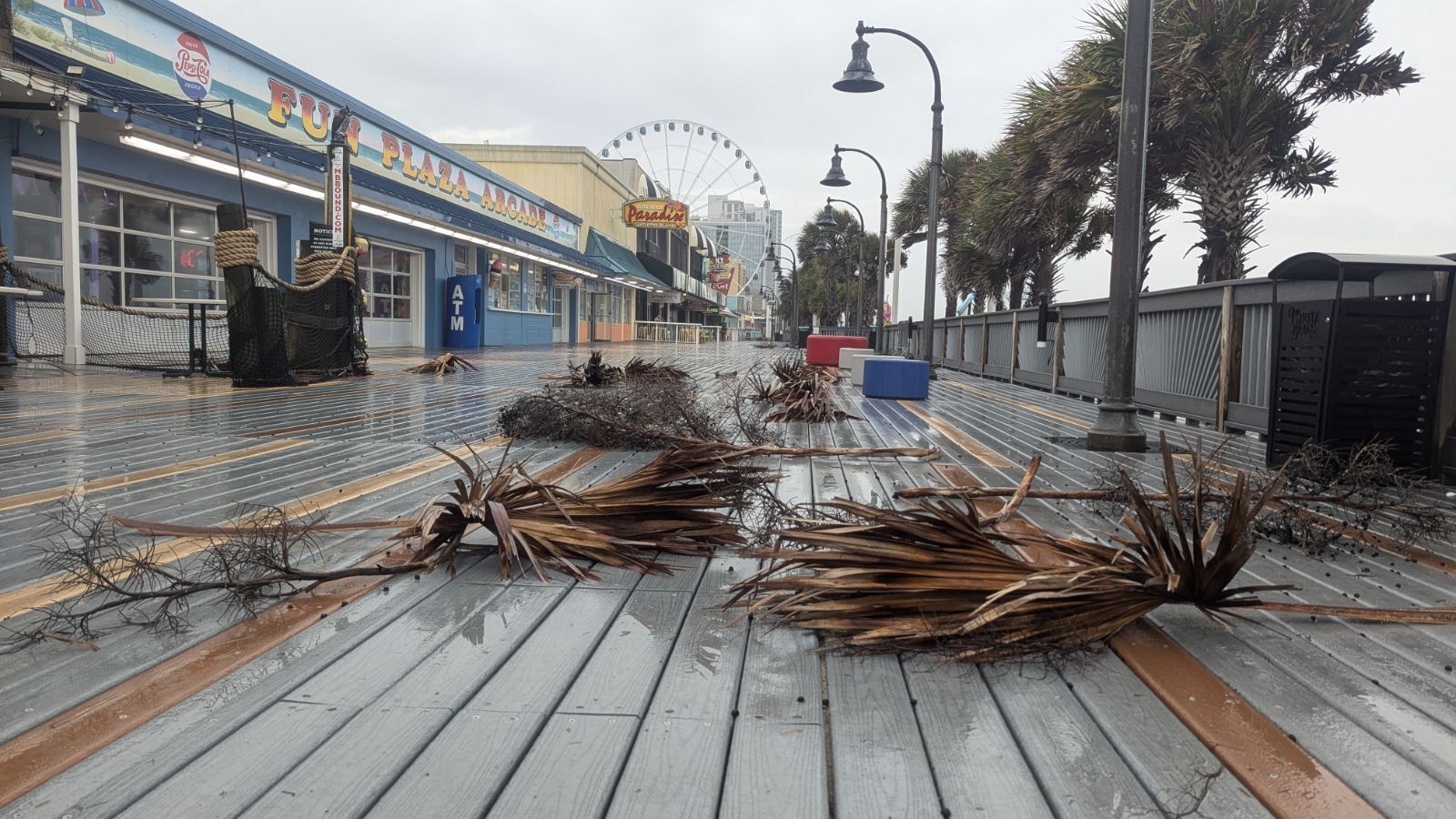
While these restoration services are essential in the recovery process, each has its strengths and weaknesses:
Pros
- Expertise: Trained professionals have the knowledge to handle complex damage.
- Advanced Equipment: Restoration services utilize specialized tools and technology.
- Insurance Assistance: Many companies help clients navigate insurance claims.

Cons
- Cost: Professional services can be expensive, which may deter some homeowners.
- Time-Consuming: Some restoration projects may take longer than expected.
The Role of Technology in Storm Damage Recovery
Technology has transformed how storm damage is assessed and repaired. Some notable advancements include:
Drone Inspections
Drones are increasingly being used to assess storm damage from above. They offer a quick and thorough inspection of roofs and other hard-to-reach areas, providing detailed imagery for analysis.
Moisture Meters and Thermal Imaging
Restoration specialists often use moisture meters and thermal imaging cameras to identify hidden water damage, ensuring that all affected areas are addressed.
Community Involvement: Myrtle Beach Recovery Initiatives
The Myrtle Beach community has a rich legacy of coming together to support one another during recovery efforts.
Local Volunteer Efforts
Organizations like the American Red Cross and local churches often mobilize groups of volunteers during and after storms to assist with cleanup and recovery efforts.
Government Assistance Programs
The Federal Emergency Management Agency (FEMA) offers resources and assistance for residents affected by major disasters, including hurricanes that impact Myrtle Beach.
Frequently Asked Questions
1. What should I do immediately after a storm?
Ensure your safety first. Avoid downed power lines, assess visible damage, and document everything for insurance claims.
2. How long does storm damage restoration take?
The duration depends on the extent of the damage. Minor repairs may take a few days, while major renovations could last weeks or months.
3. Is flood insurance necessary in Myrtle Beach, SC?
Yes, given the area’s vulnerability to flooding, obtaining flood insurance is highly recommended.
Conclusion
Storm damage in Myrtle Beach, SC, is an unfortunate reality, but with proper preparation and a proactive attitude, residents can significantly reduce its impact. Engaging with local restoration services and using technological advancements aids in quicker recovery. By fostering a strong community spirit and leveraging available resources, Myrtle Beach can emerge resilient whenever disaster strikes.